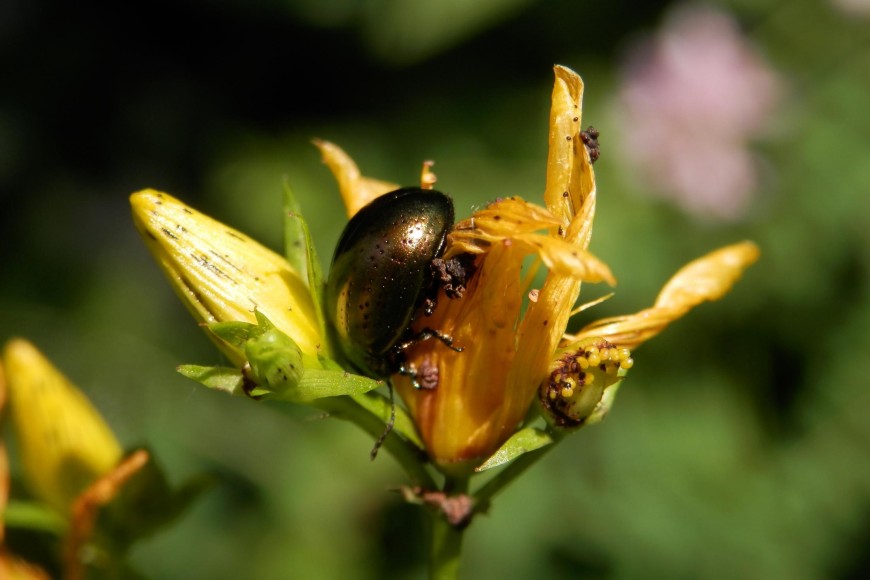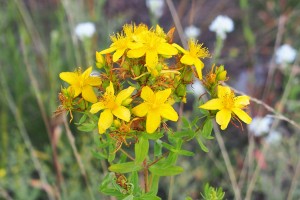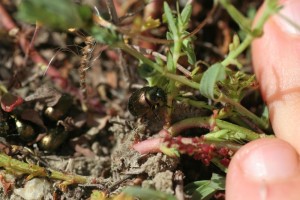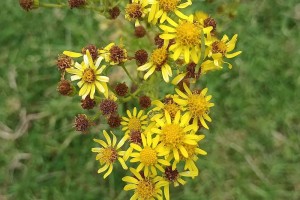St John's wort beetles
History in New Zealand
The lesser St John’s wort beetle (Chrysolina hyperici) is native to Europe and western Asia. The closely related greater St John’s wort beetle (C. quadrigemina) is native to parts of Europe and Africa. Both beetles were imported by DSIR from Australia in 1943 and 1965, respectively. The lesser St John’s wort beetle rapidly became widely established. The greater St John’s wort beetle initially appeared to have disappeared but has become common in recent times. Today both beetles can be found on St John’s wort infestations in most places.
How would I find/recognise it and what is its lifecycle?
Adult beetles are most obvious in early summer when they often cluster together to form dense feeding fronts. The two species are similar in many ways and can be difficult to tell apart. Lesser St John’s wort beetle adults are metallic green or bronze and about 0.5 cm long. Greater St John’s wort beetles are slightly larger (0.5–0.7 cm long) and may be blue as well as green or bronze.
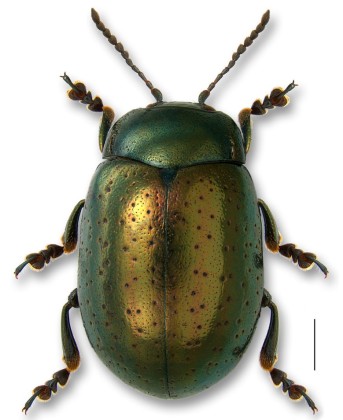
Image: lesser St John's wort beetle (Chrysolina hyperici). Scale bar = 1 mm. Photo credit:Klimaszewski J, Hoebeke ER, Langor DW, Douglas HB, Borowiec L, Hammond HEJ, Davies A, Bourdon C, Savard K (2020) Synopsis of adventive species of Coleoptera (Insecta) recorded from Canada. Part 5: Chrysomeloidea (Cerambycidae, Chrysomelidae, and Megalopodidae). Advanced Books. https://doi.org/10.3897/ab.e50613
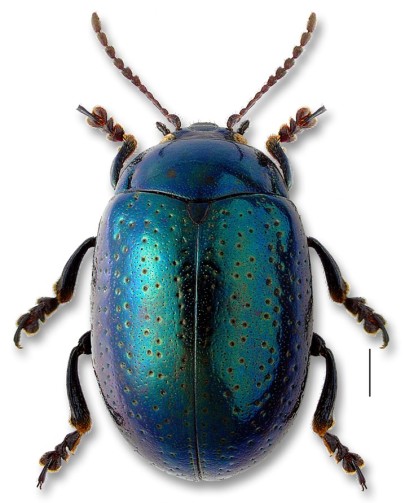
Image: greater St John's wort beetle (Chrysolina quadrigemina). Scale bar = 1 mm. Photo credit:Klimaszewski J, Hoebeke ER, Langor DW, Douglas HB, Borowiec L, Hammond HEJ, Davies A, Bourdon C, Savard K (2020) Synopsis of adventive species of Coleoptera (Insecta) recorded from Canada. Part 5: Chrysomeloidea (Cerambycidae, Chrysomelidae, and Megalopodidae). Advanced Books. https://doi.org/10.3897/ab.e50613.
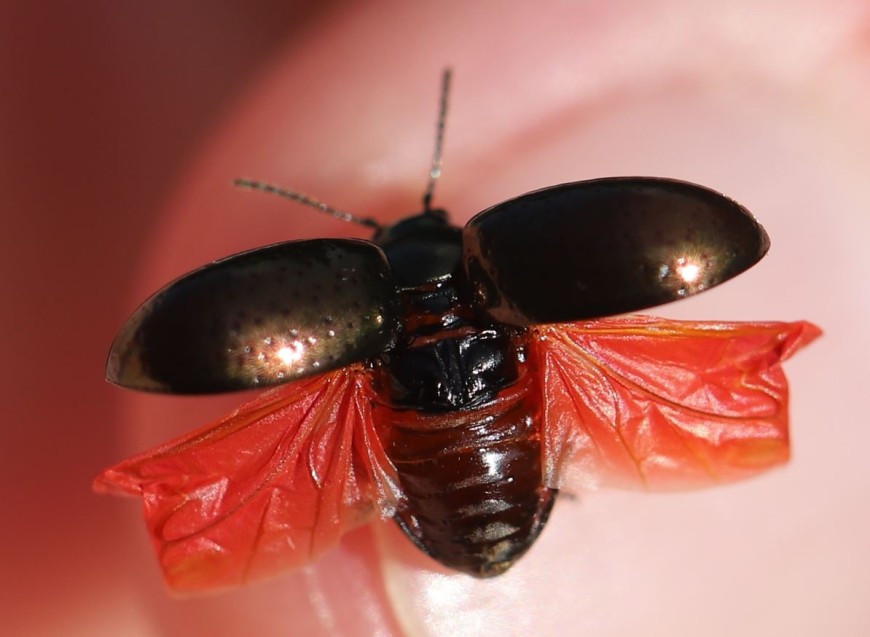
Image: lesser St John's wort beetle (Chyrosolina hyperici) wings. Photo credit: Slimguy CC-BY-4.0 via Wikimedia commons.
Between December and February, the beetles have a summer hibernation (aestivation) and become more difficult to see as they hide away. The greater St John’s wort beetle becomes active again in early March, about 6 weeks earlier than the lesser St John’s wort beetle.
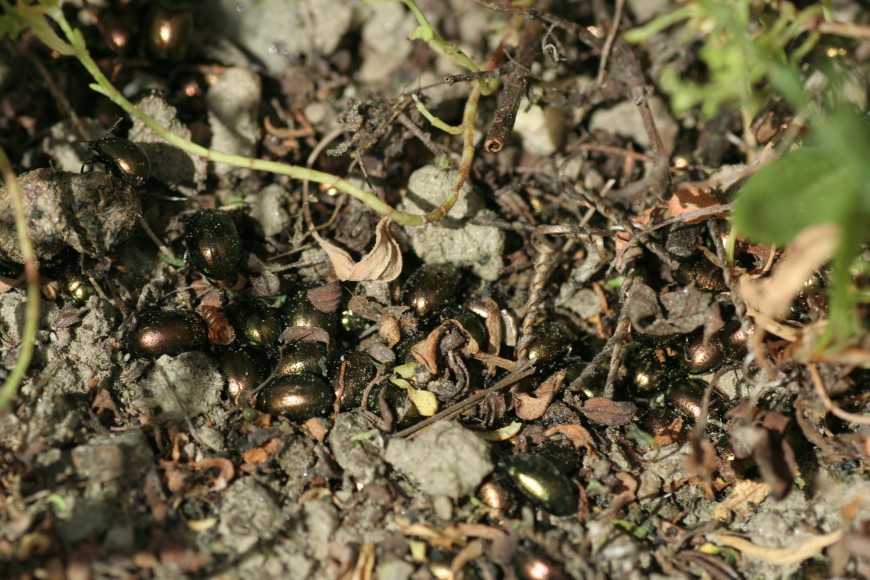
Image: St John's wort beetles hibernating.
Once the beetles come out of their summer hibernation, they begin to lay eggs. Each female can lay several hundred eggs and you may see these on the undersides of leaves and in the growing tips mostly during autumn and winter. Lesser St John’s wort beetle eggs are orange and elongated while greater St John’s wort beetle eggs are orangey-red and oval but will be difficult to tell apart with the naked eye.
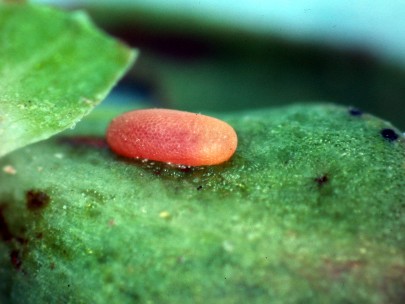
Image: lesser St John's wort beetle (Chyrosolina hyperici) egg.
The greater St John’s wort beetle eggs hatch into humpbacked orange larvae in the autumn, and feed on foliage from autumn to spring. The lesser St John’s wort beetle eggs are laid later in the autumn and do not hatch until the following spring. Lesser St John’s wort beetle larvae look similar and as both species grow, they become plump and greyish-pink in colour. Most feeding happens after dark, so the larvae are difficult to see. Once fully grown, larvae of both species pupate in cells in the soil. Pupation lasts for nearly 2 weeks before the new adults burrow back out to the surface in late spring.
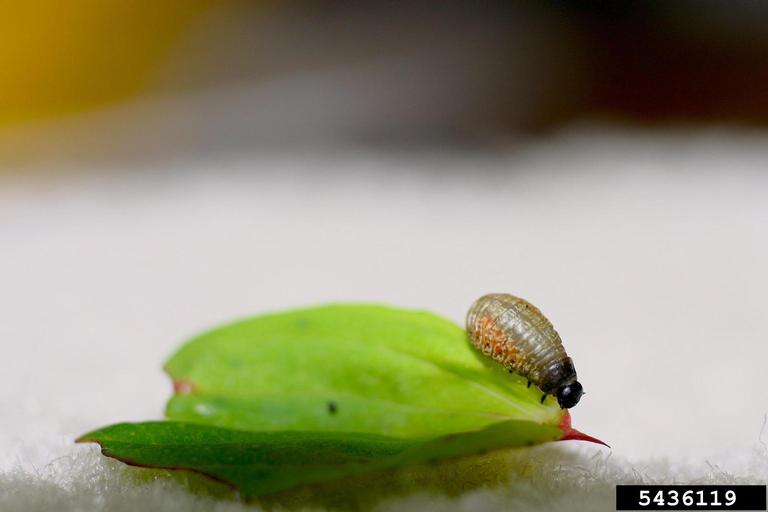
Image: greater St John's wort beetle (Chrysolina quadrigemina) larva. Photo credit: Eric Coombs Oregon Department of Agriculture Bugwood.org CC BY 3.0
There are no other beetles on St John’s wort that you are likely to confuse with the St John’s wort beetles.
How does it damage St John’s wort?
Both the adults and the larvae defoliate plants so heavily that flowering and seed production is suppressed. The larvae can destroy new spring growth almost as soon as it is produced. Heavily defoliated plants are smaller and weaker, and their chances of survival are lower.
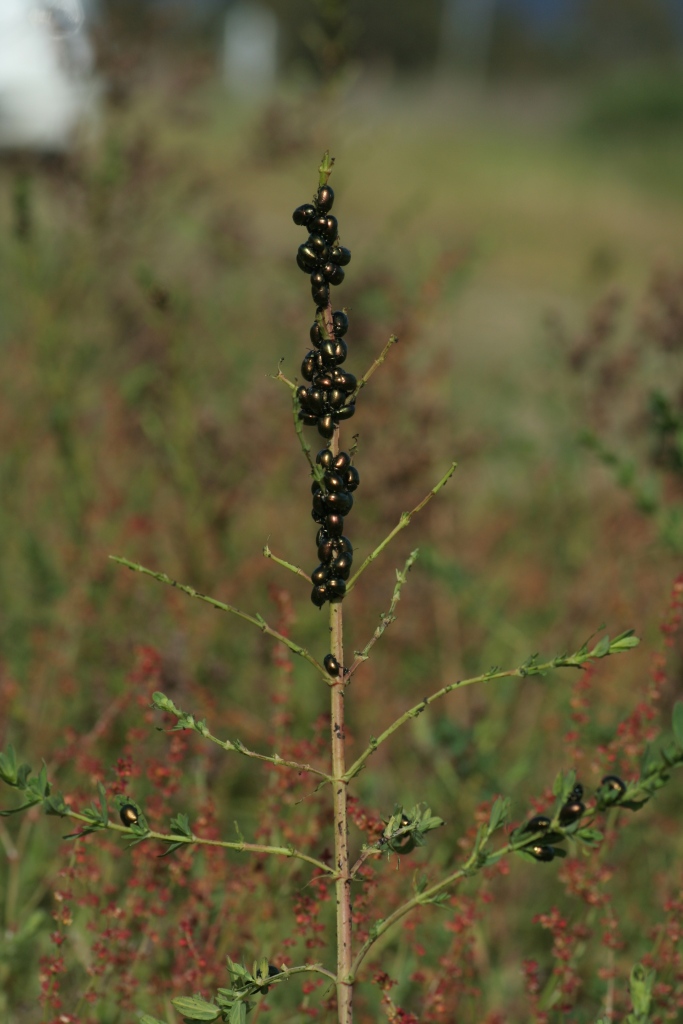
Image: St John's wort beetles defoliating a plant.
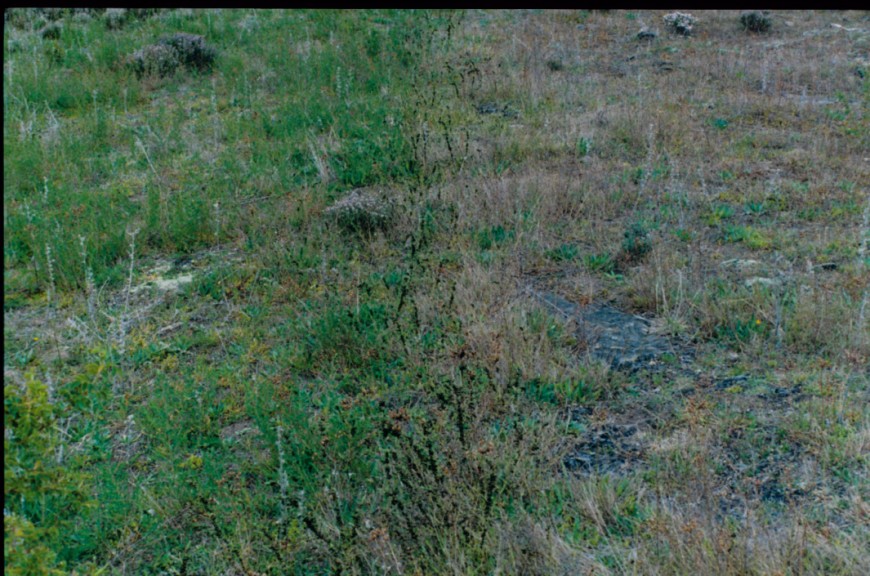
Image: St John's wort beetle feeding front moving from right to left. The black dots in the center of the image are the St John's wort beetles. Photo taken in New Zealand, 1984.
Will it attack other plants?
The beetles will only attack St John’s wort (Hypericum perforatum) and possibly some other Hypericum species. Under artificial conditions in the lab, the beetles will accept other Hypericum species as hosts, and this can translate to transient spillover attack in field situations where these species grow near St John’s wort.
How effective is it?
The beetles are extremely effective at controlling St John’s wort (see Biological control success stories). For example, the lesser St John’s wort beetle cleared over 180 ha of the weed in Marlborough in only 4 years. Several studies have shown that when the beetles are removed with insecticides, the weed quickly becomes more abundant again. A recent economic analysis has estimated that the Net Present Value of introducing the beetles is estimated at $15.5 million per annum (in 2022 value), with a benefit to cost ratio of between 1700:1 and 6254:1.
Image: an experiment was conducted with alternating quadrates of insecticied treated and un-treated, ground. in the areas where insecicide was not sprayed, St John's wort plants returned in abundance.
St John’s wort has also been successfully controlled with these beetles in other parts of the world. The lesser St John’s wort beetle has performed well in colder countries like Canada. Because it lays cold-tolerant eggs in the autumn that do not hatch until spring, lesser St John’s wort beetles can survive the winter. In places with a Mediterranean-type climate such as Chile, Western and South Australia, North America and South Africa, the greater St John’s wort beetle has been extremely damaging. For example, this beetle is attributed with restoring 1 million acres of infested rangeland in California, and grateful landowners erected a monument in its honour.
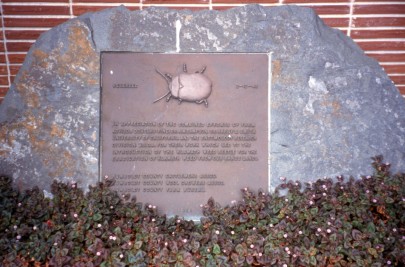
Image: monument erected in California, in honour of the St John's wort beetle.
The greater St John’s wort beetle has been the more effective of the two in warmer places because its eggs hatch in the autumn and the larvae begin to damage the plant many months earlier.
How can I get the most out of it?
The beetles are well established throughout the country. If you find any areas where they are absent, you could collect beetles and shift them in the autumn after their summer hibernation.
How do I select a release site?
Read Guidelines for selecting release sites for biocontrol agents.
How do I collect it for release at other sites?
From early/mid-March (C. quadrigemina) and from mid-April (C. hyperici) to late-May you can collect adult beetles post their hibernation period. You can find them most easily around dusk, on the upright stems of St John’s wort. Collect stems with beetles into a box and place these stems on top of St John’s wort plants at the new site. Aim to transfer at least 100 adults to each new site.
How do I manage the release sites?
Ensure that the St John’s wort at the release point is not heavily grazed and if possible it is best to avoid areas that will need to be sprayed with herbicide.
Avoid any activities that will interfere with the leaf beetles. If it is absolutely necessary to apply herbicide, avoid spraying when larvae are present as they are the most susceptible life stage. It is also best to avoid applying herbicide when the adults are feeding on upright stems in early summer. There are typically no larvae or adults present in January to mid-February so this time may be less disruptive to the beetles.

